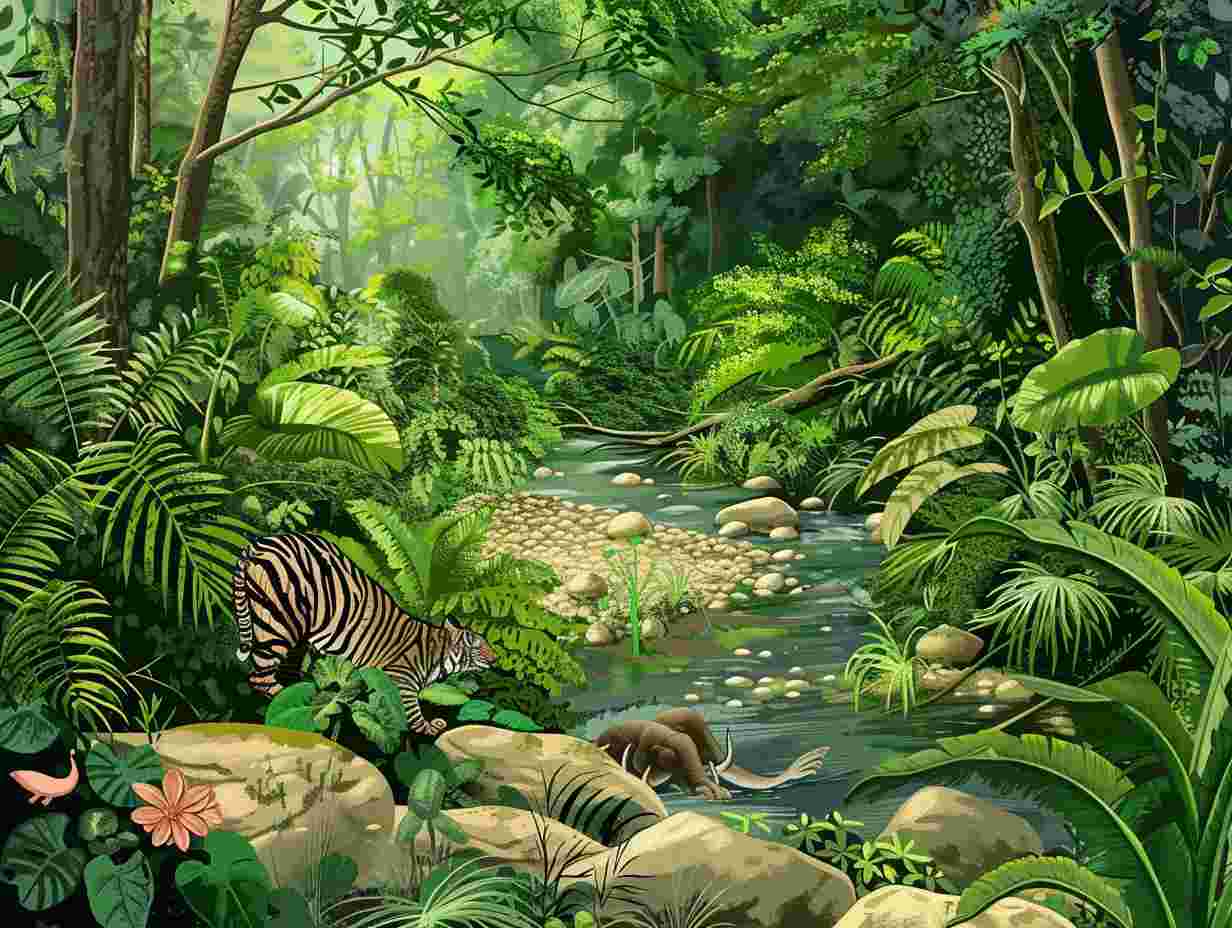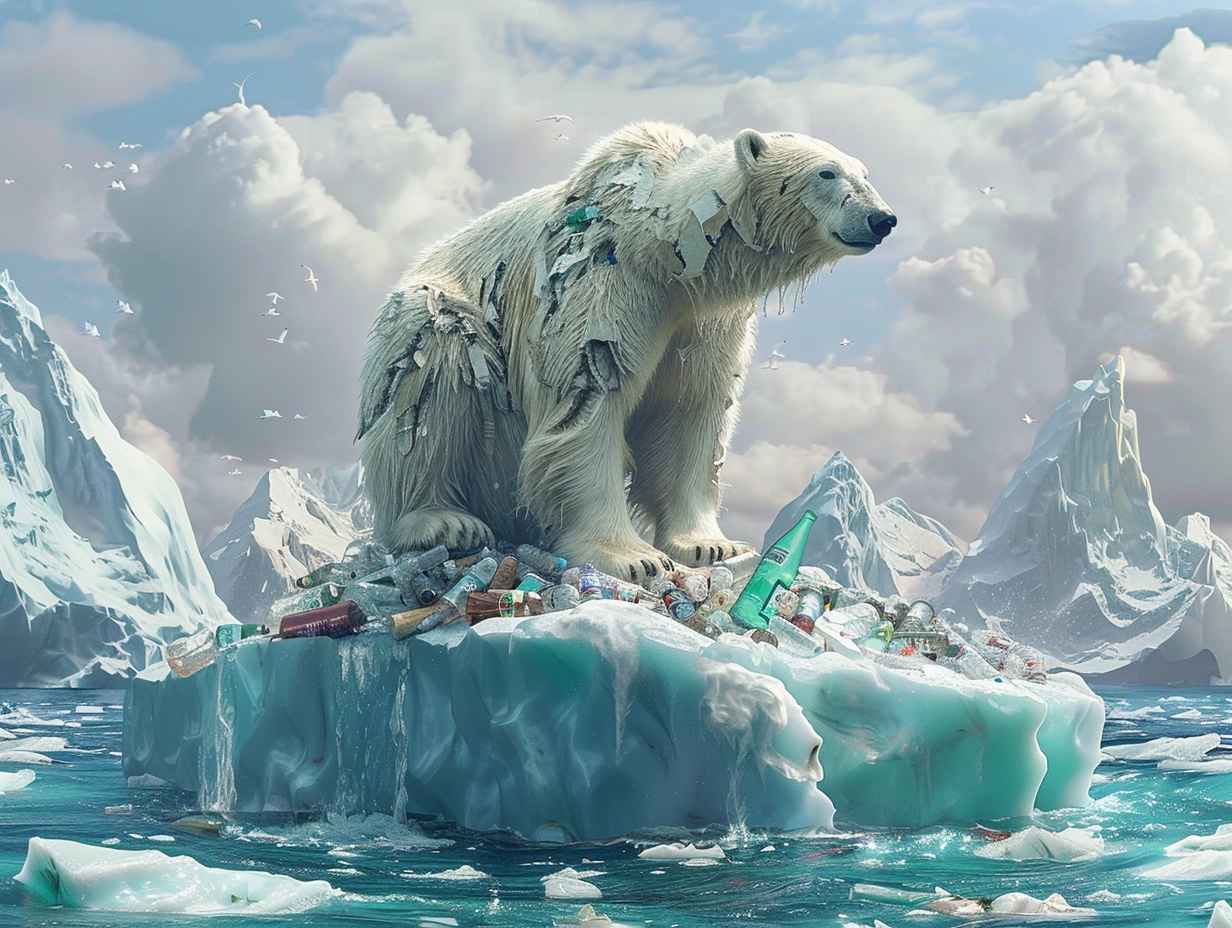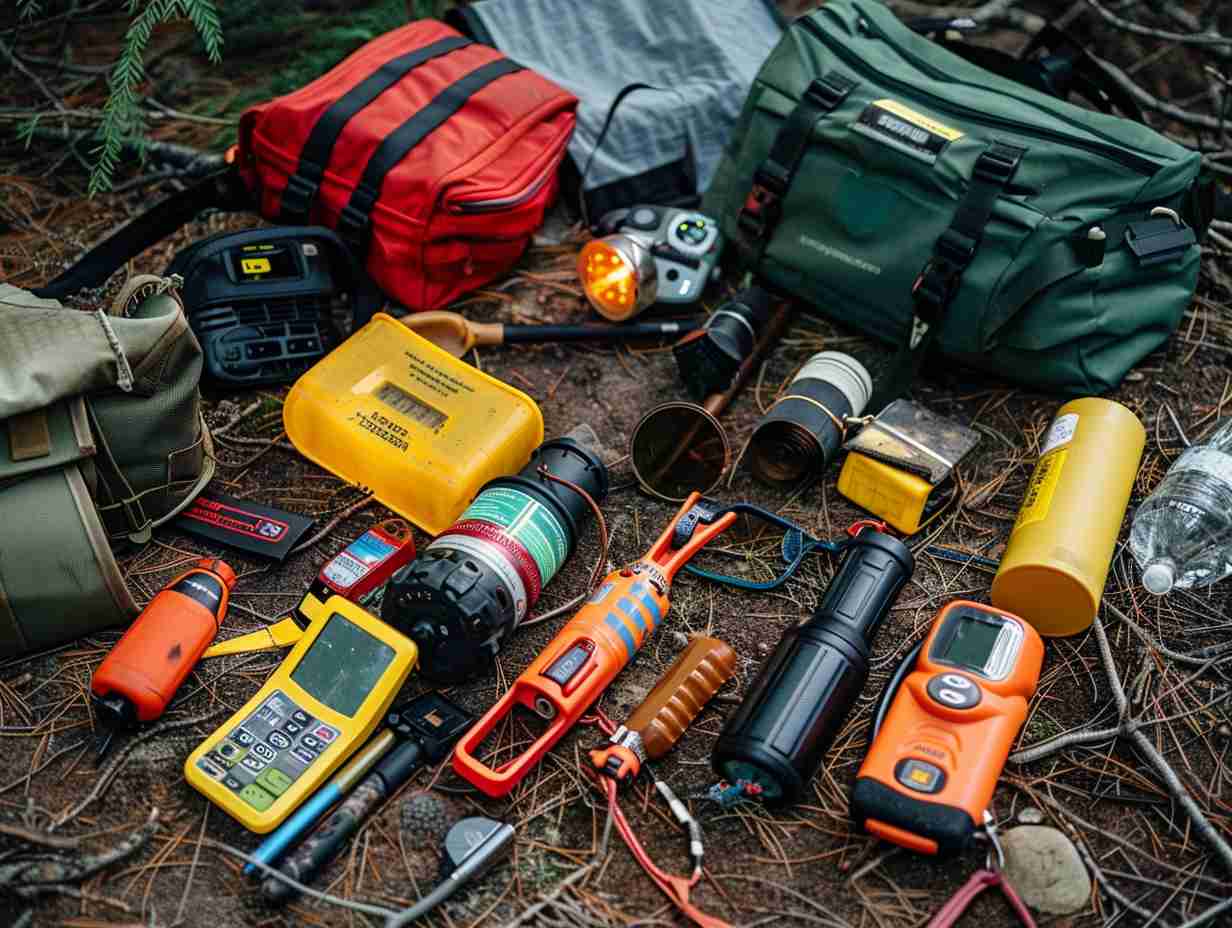
Environmental Impact and Conservation

Did you know that approximately 8 million metric tons of plastic enter the oceans every year, impacting marine life and ecosystems? As you ponder the scale of this environmental challenge, consider the interconnectedness of human activities and the delicate balance of nature. Exploring ways to reduce plastic waste, support marine conservation efforts, and advocate for sustainable practices can pave the way for a healthier planet. By taking small steps towards conservation, you can actively contribute to preserving our environment and safeguarding the future for all.
Key Takeaways
- Deforestation leads to biodiversity loss, disrupted water cycles, and increased greenhouse gas emissions.
- Pollution from various sources harms air, water, and soil quality, threatening biodiversity.
- Climate change causes extreme weather events, rising sea levels, and disrupts ecosystems.
- Conservation efforts involve reducing energy consumption, water wastage, waste production, and supporting reforestation.
- Collaboration and sustainable practices are crucial to combat environmental degradation and preserve ecosystems.
Human Activities and Environmental Degradation
Human activities greatly contribute to the degradation of the environment. When you drive your car or use electricity from non-renewable sources, you release harmful greenhouse gases that trap heat in the atmosphere, leading to global warming.
The excessive use of plastic and improper waste disposal contaminate water bodies, endangering aquatic life. Deforestation for agricultural purposes or urbanization destroys habitats, disrupting ecosystems and leading to a loss of biodiversity.
Overfishing depletes marine resources, affecting the delicate balance of ocean ecosystems. By being mindful of your consumption habits, reducing waste, and supporting sustainable practices, you can help mitigate these environmental impacts.
Your actions today can make a significant difference in preserving the planet for future generations.
Impacts of Deforestation on Ecosystems

The clearing of forests for various purposes has a significant impact on the delicate balance of ecosystems. When forests are destroyed, the repercussions are profound:
-
Loss of Biodiversity: Numerous plant and animal species lose their habitats, leading to a decline in biodiversity.
-
Disruption of Water Cycle: Trees play an essential role in the water cycle; deforestation can disrupt this cycle, leading to changes in precipitation patterns.
-
Soil Erosion: Without tree roots to hold the soil together, erosion increases, affecting both land fertility and water quality.
-
Increased Greenhouse Gas Emissions: Deforestation releases stored carbon into the atmosphere, contributing to global warming.
These impacts highlight the urgent need for conservation efforts to protect our ecosystems.
Pollution: Threats to Air, Water, and Soil
With the detrimental effects of deforestation in mind, the pollution of air, water, and soil poses a critical threat to ecosystems worldwide.
Air pollution from industries, vehicles, and burning fossil fuels releases harmful substances like particulate matter and greenhouse gases, leading to respiratory issues and climate change.
Water pollution, caused by agricultural runoff, industrial waste, and plastic debris, contaminates aquatic habitats, endangering marine life and human health.
Soil pollution, resulting from pesticides, heavy metals, and improper waste disposal, degrades soil quality, impacting plant growth and food safety.
Addressing these pollution sources through sustainable practices and regulations is essential to safeguarding the environment and preserving biodiversity.
Climate Change: The Global Crisis

Amidst the escalating global crisis of climate change, urgent action is imperative to mitigate its far-reaching impacts on ecosystems and livelihoods. Here are four key aspects to take into account:
- Rising global temperatures leading to more frequent and severe heatwaves.
- Melting ice caps and glaciers, contributing to rising sea levels.
- Increased frequency of extreme weather events such as hurricanes, droughts, and wildfires.
- Disruption of ecosystems and loss of biodiversity due to changing climate patterns.
It is essential for individuals, governments, and industries to collaborate to combat climate change and preserve the planet for future generations.
Conservation Efforts and Sustainable Solutions
What practical steps can you take to contribute to conservation efforts and implement sustainable solutions for the environment?
Start by reducing your energy consumption at home. Switch off lights when not in use, unplug electronics, and opt for energy-efficient appliances.
Reduce water wastage by fixing leaks and using water-saving fixtures.
Support local conservation projects or volunteer for clean-up events in your community.
Reduce, reuse, and recycle to minimize waste production. Choose sustainable products and support companies with eco-friendly practices.
Plant trees, create a garden, or support reforestation efforts.
Educate yourself and others about environmental issues. By taking these steps, you can make a significant impact on conservation and help create a more sustainable future for our planet.
Frequently Asked Questions
How Can Individuals Reduce Their Carbon Footprint at Home?
To reduce your carbon footprint at home, consider energy-efficient appliances, adjust thermostat settings, use LED light bulbs, unplug electronic devices when not in use, recycle, compost, and opt for reusable items over disposable ones.
What Are the Effects of Microplastics on Marine Life?
Microplastics, tiny pieces of plastic less than 5mm in size, have detrimental effects on marine life. They can be mistaken for food by animals, leading to internal blockages, malnutrition, and even death, posing a significant threat to ecosystems.
Are There Any Natural Solutions to Combat Air Pollution?
You can tackle air pollution naturally by planting more trees, using eco-friendly transportation, and promoting renewable energy sources. Small changes in your daily habits can make a big impact on reducing harmful emissions and improving air quality.
How Does Overfishing Impact Marine Biodiversity?
Overfishing, a practice driven by demand, disrupts marine ecosystems, leading to depletion of fish populations and disruption of food chains. It impacts marine biodiversity by causing imbalance, endangering species, and threatening overall ecosystem health.
What Role Do Indigenous Communities Play in Conservation Efforts?
You can learn about the crucial role indigenous communities play in conservation efforts. Their deep connection to the land and traditional knowledge contribute immensely to protecting biodiversity and ecosystems for future generations.
Conclusion
You’ve learned about the importance of environmental impact and conservation. Remember, every action you take has a ripple effect on our planet.
Just like a drop of water creates ripples in a pond, your choices can make a difference in preserving our Earth.
So, be mindful of your carbon footprint, support conservation efforts, and together, we can create a wave of positive change for a healthier and greener world.
Disclaimer: Some information is provided through AI. Users should always conduct their own research and consult with qualified professionals before making any decisions.Affiliate information declaration: We may earn revenue from the products referred on this page and participate in affiliate programs.


